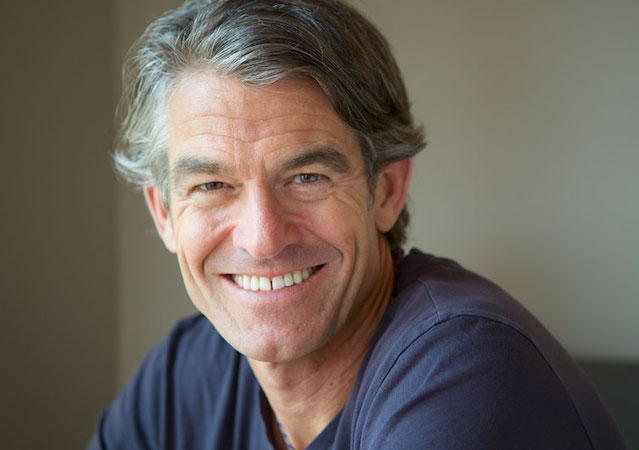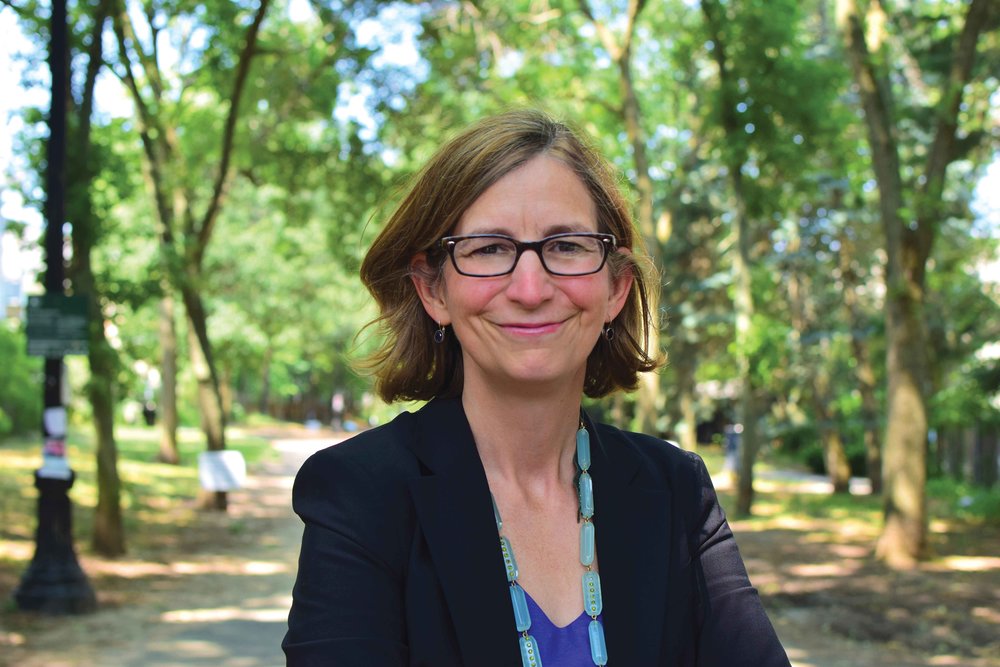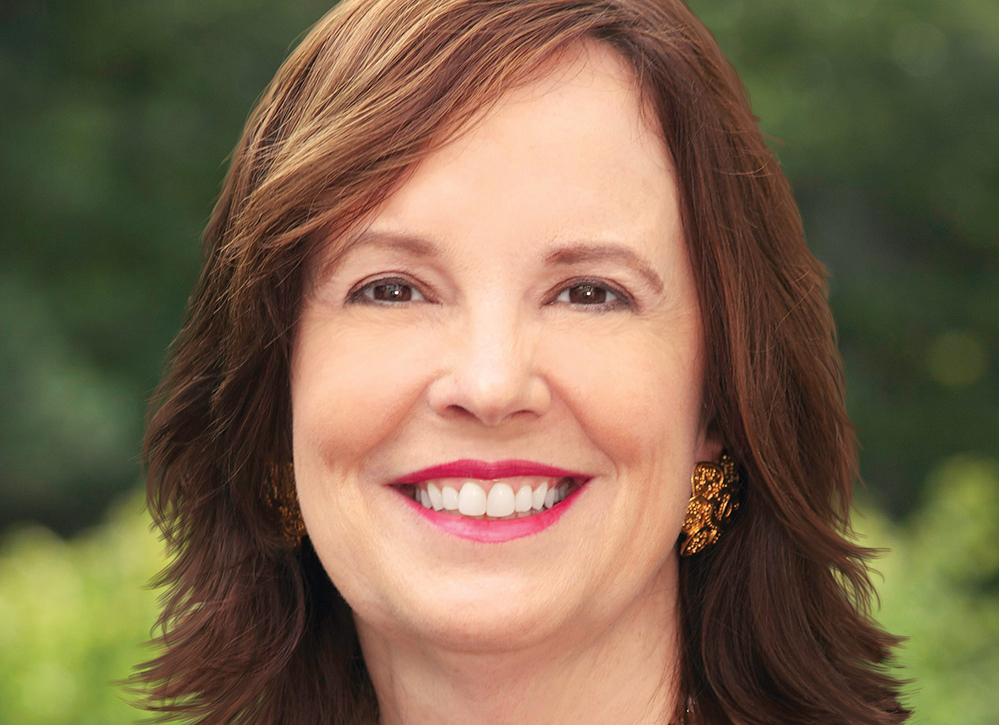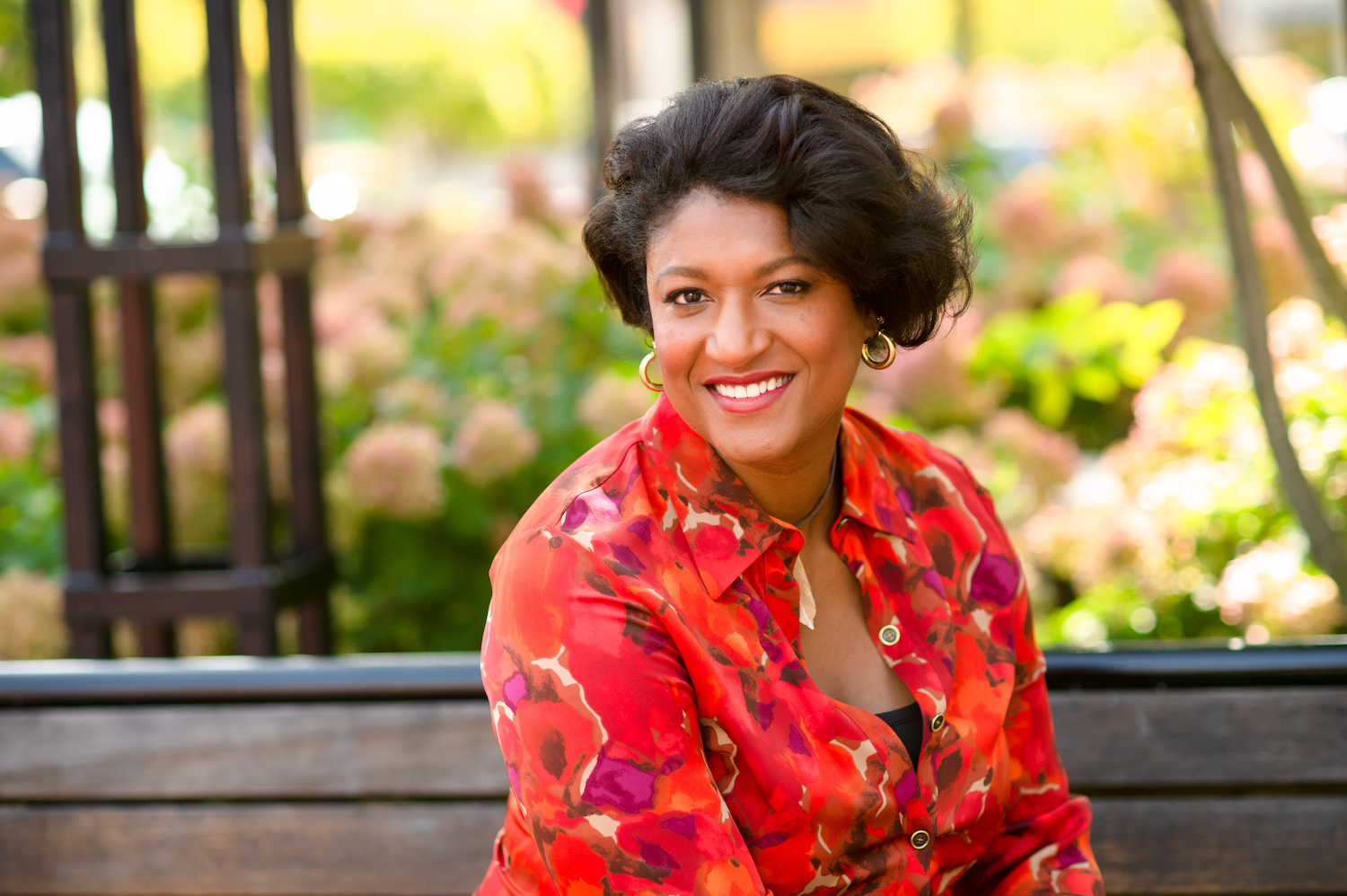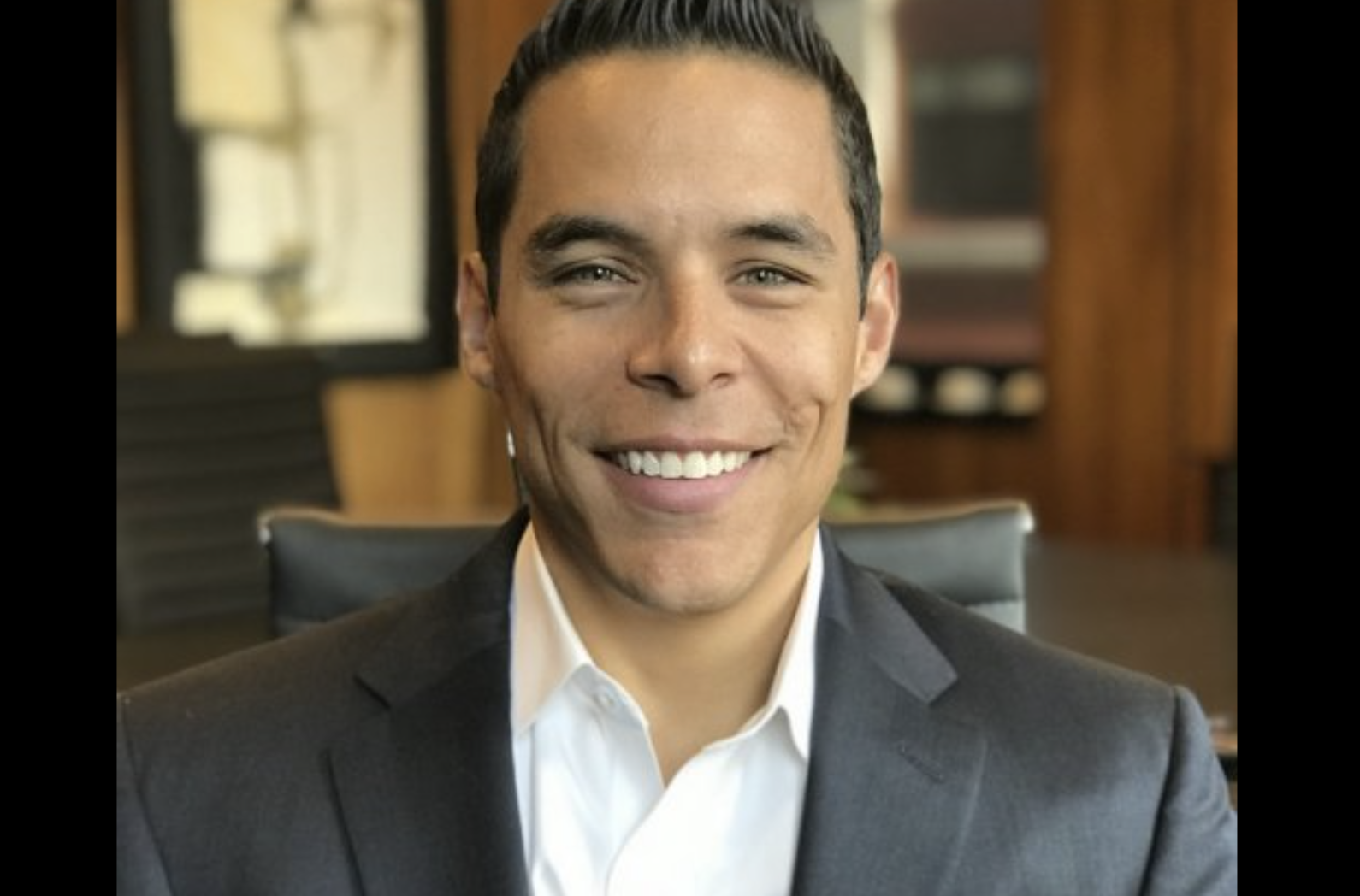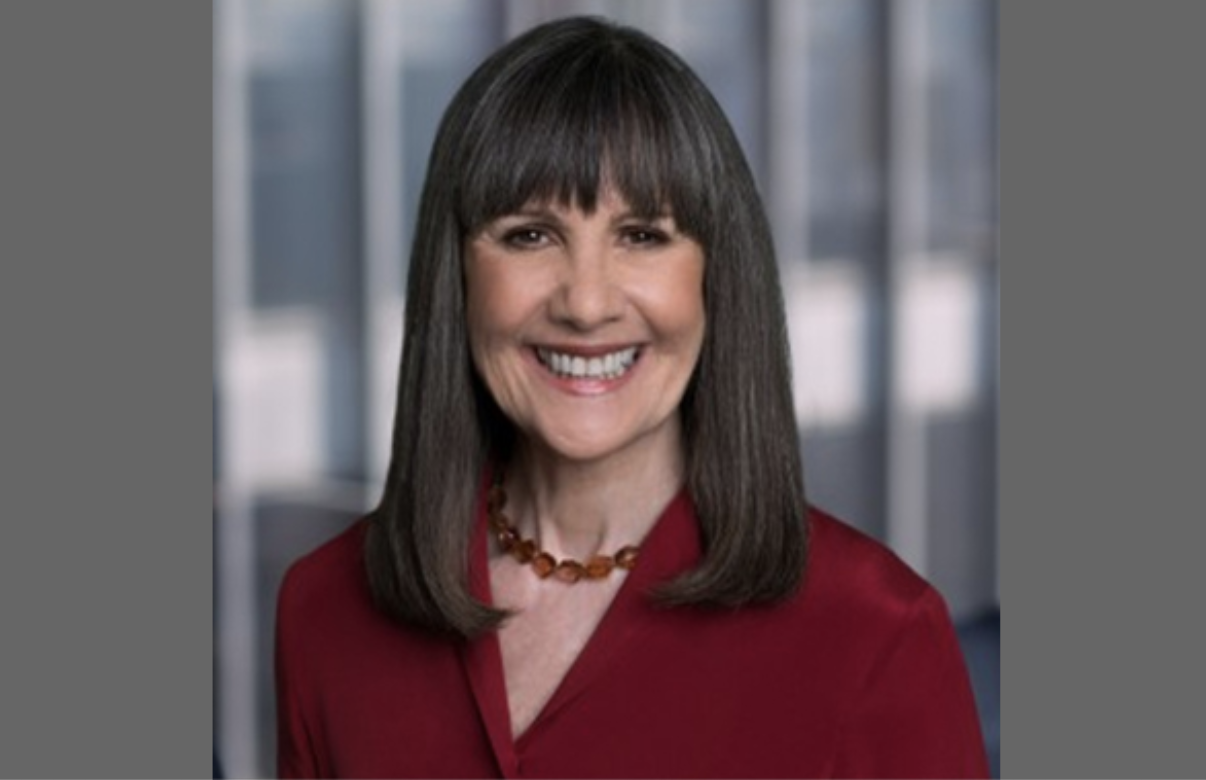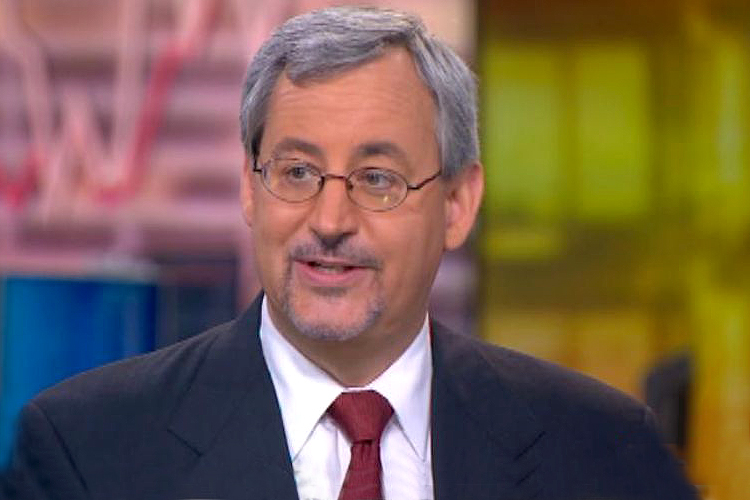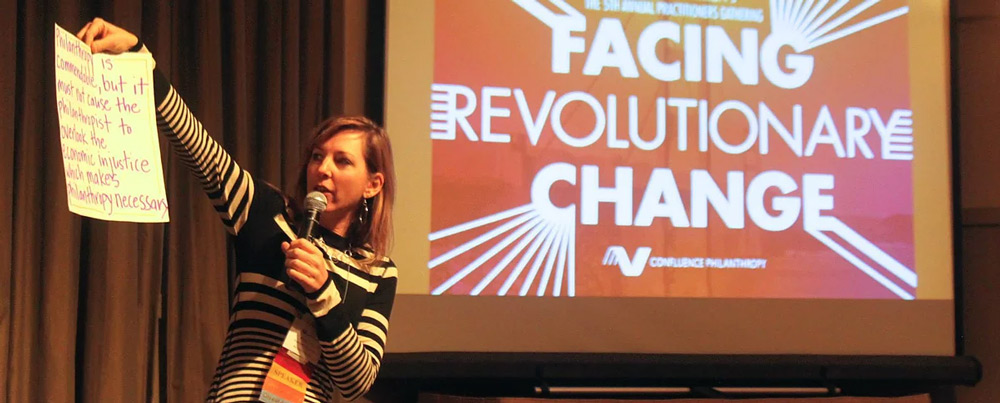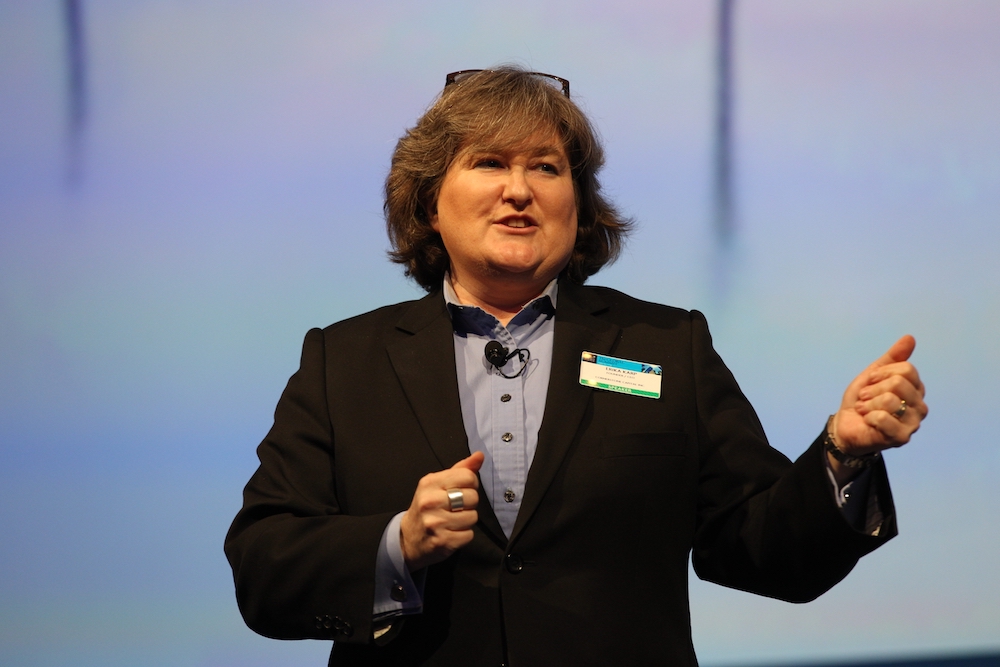A Coronaddemdum. It is fascinating to read this piece in the throes of the Corona volatility. I wrote it sometime last fall, long before Wuhan and Italy and the spiraling death count and our current administration’s woefully ham-fisted response to the crisis. And I think it would be understandable if I found something in it to edit, to re-frame, if only to make myself look a bit smarter… a bit more prescient.
But, if anything, I remain even more convinced that the investment strategy that I’ve pursued is the right one for my family. Remaining relatively light in public equity makes sense. Having no exposure to public debt makes sense. Focusing on businesses that offer clear, scalable, cost-effective solutions to climate change makes sense. So, despite the gut-wrenching volatility, the precipitous fall in economic activity, the horrifying unemployment numbers and an historic level of uncertainty, I feel… solid. Yes, I am fortunate to be employed by a resilient company with relatively predictable revenues. And, yes, I am lucky to have accumulated sufficient assets to weather this storm. And, yes, as an experienced financial professional (this is, after all, the fifth crisis I’ve navigated), I can claim a certain level of sanguinity. And if this whole thing blows up, I am confident that I could find a job.
More to the point, however, I feel ever more convinced that the strategy that I’ve landed on – through four decades of trial-and-error investing – is the right one for me and my family.
A few portfolio updates:
- One of my portfolio companies, Jackrabbit Foods, has already been pushed into insolvency. Heavily reliant on large catering jobs in SF, revenues have evaporated. The CEO quickly negotiated a sale of the business to a private equity firm rolling up a synthetic, vertically-integrated food business, preserving jobs and relationships. But equity investors like me were nearly wiped out. Incredibly tough to watch a 15 year-old, award-winning business that had finally rubik-cubed a great business plan hit the pond due to forces completely beyond their control.
- I’ve made a new investment in a small contract coffee roaster, IronMule Coffee. The team is exploring an entirely new business model that promises to push more profit to the farmers by disrupting the existing supply chain. I’ve spent nearly six months in diligence on this one, and I think it has the capacity to completely change the way that coffee profits are distributed… without changing the consumer price or the grocer’s margins. Stay tuned, as I might be promoting this one heavily through my internet-breaking Twitter account.
- I used the savage downdraft to prune-and-green my portfolio, following one of our client’s encouragement on Medium to do the same. Selling some old, non-climate, low-basis stocks and re-orienting them to a values-aligned strategy with Ethic feels… awesome. And responsible. And intelligent. I’m grateful for the opportunity to feel this way at a time when there isn’t a lot to feel good about.
Finally, I want to observe that I’d had not one incoming call from an impact-oriented investor worried, stressed and wanting to sell. Not one. In fact, of the incoming calls I’ve received, most are asking about adding to their portfolio, thinking opportunistically, and wondering if now is the time to commit additional capital. While anecdotal, this indicates that impact investors are more long-term oriented, future-thinking, and patient. Since just about every piece of investment advice encourages precisely that mindset in order to be a “better investor”, I’d cautiously suggest that impact investors may simply be… better investors.
Walking my talk
This blog has been a long time coming. An embarrassingly long time coming. But having recently read Beth Bafford’s excellent piece on the same topic, I figured I should stump up and publish.
(I also want to give a direct shout to Josh Brown, one of the founding partners at Ritholtz Wealth Management, who published his own holdings in a blog I shamelessly ripped for this one. If you ever see this, Josh…remember that “imitation is the most sincere form of flattery”.)
Beth Bafford: Making my money work for my kids and their future
So, in the spirit of better-late-than-never, I’ve decided to pop the hood on my personal portfolio. I’ve kept amounts private because a) I’m not running for President so nobody but my wife and banker get to see my balance sheet, and b) my allocation – even in the most generous of interpretations – would be considered… unconventional. Yet, as I’ve said many times, and as the great Yale investor David Swenson said before me, if you seek unconventional results you must pursue an unconventional approach.
As you read, keep in mind that this unconventional approach isn’t for everyone, as I’ll explore below. Consider yourself warned.
Overall Strategy
Very simply put, only two aspects of my portfolio are truly consistent with contemporary portfolio theory.
First, every investment I make reflects a long-term bias. I don’t day-trade, factor tilt, follow trends or even think about options. Why? Because I suck at it. And because becoming good at it would require an obsessive commitment that I am unwilling to make; I love my family too much to consign them to the margins of my life. Besides my family, my attention is also required by partners, clients, friends, employees and impact hoi polloi too numerous to mention. I’m generally pretty stoked by my work/life balance and don’t have much interest in tipping it over. Trying to trade the market would do so. Instantly.
And second, most of the investments I make feature a climate orientation. Yes, other aspects of impact investing – opportunity equality, affordable housing, access to essential services, etc. – are important and compelling. Justice always is. But, in my analysis, none of them have an existentially short fuse. And as the steadily hardening climate science tells us, if we don’t figure out how to arrest global warming, these other issues will become irrelevant. In other words, I believe that climate change is the defining challenge of our time. It threatens pretty much everything we know and love about our life on this little pebble drifting through space. And I know there are solutions. There just isn’t enough capital flowing to scale them. So I’m giving it everything I got. Professionally. Financially. Personally. Emotionally. Intellectually. Which, depressingly, isn’t even remotely enough.
Importantly, I don’t own much public equity and I own zero public debt. As I said, my approach is unconventional. Why? Primarily because, as I’ve written elsewhere, I don’t believe that the public markets offer much in terms of catalyzing system change. This is not a criticism. Rather, it is (I hope) a dispassionate analysis of the limits of buying and selling on a secondary market. There simply isn’t a transmission mechanics that translates my buy/sell decision into corporate behavior change. As such, my public equity exposure is limited to accounts that restrict my investment options: my 401k, my IRA and my daughter’s 529. Overall, my public securities allocation is less than 10% of my total balance sheet. This is NOT something that I would encourage people to consider.
Other Factors
A few words on my personal real estate…
First, despite the media’s breathless coverage of home prices, I don’t even think about the value of my home. I got lucky and bought it a few years after the financial crisis. It is a modest house in a modest neighborhood. For neighbors, I have a National Guard tank commander, a yoga instructor, a dental technician, a YMCA employee, an air-conditioner repairman, a writer, a non-profit manager and a guy who works on motorcycles. I have no need to make a statement with the house I occupy, so this feels right. We have a small mortgage. We’ve done some remodels – including installing solar so that we operate on an annualized net zero basis – none of which were driven by a financial imperative. If we sold it tomorrow, it might be worth what we’ve spent to buy, transform and maintain it. But we love it and we intend to live here for a long time. In other words, our home is much more of an emotional investment than a financial one.
So what if we don’t always do things to it that make financial sense? We own this home because it makes us happy.
We also own a small piece of land on a mountain lake a few hours away from Boise. We camp, swim, hike, ride, row, roast marshmallows, fish, laugh, enjoy the sunsets. For now, we use it only in the summer. We may end up building something on it one day. Given our use patterns, there is no way to justify the acquisition price or annual tax load. But I can already feel the memories being seeded, which are priceless. Much like our home, the sunk costs make no financial sense. So be it. Life isn’t always consistent.
Related, a long time ago a seasoned real estate investor convinced me that I would be foolish to try to play that market myself. There are savvy, experienced professionals with deep pockets combing this market on a daily basis looking for deals. How could I possibly expect to compete with them? So I have some exposure to multi-family affordable housing, a bit of sustainable/green commercial property and some assisted living facilities, all gained through private funds and REITs.
The one investment that shapes my balance sheet is my stake in Caprock, which is my single largest asset, by far. It is illiquid, and financial services can be a volatile, unpredictable business. So I’m not entirely sure how to think about this relative to the future. Honestly, it is more than a little bit scary to be so concentrated. But I have enormous faith in my partners, colleagues and clients, so I feel reasonably confident that Caprock’s future is solid.
And backing up that confidence is that fact that Caprock is evolving, becoming more “stable”. We bootstrapped from day one; no private equity, no debt, no outside investors, no acquisitions. As a result, we owe fealty to nobody but the small group of founding partners and professionals who have dedicated themselves to our shared enterprise. Encouragingly, we are beginning to facilitate non-founding employees to own shares, which should benefit our clients and employee-partners long into the future. Caprock is also a founding B Corporation, a recognized global leader in impact investing, a credible voice in the evolution of capitalism, and the target of the most relentless, committed, full-body-engagement investment I’ve ever made. To say that this is not only the largest, but also the most important – emotionally and financially – item on my balance sheet would be a wild understatement.
My 401(k) is invested entirely with Ethic, and I chose a set of Caprock-defined climate screens as the default portfolio. In other words, I own the exact same fund that our clients own. I even pay the same fee. Eating our cooking, as it were. I’m in an equity-biased stance with my retirement assets because I’m relatively young, am happy to bear risk, believe in continuing to accumulate via a long-term dollar-cost-average approach, don’t believe that anyone can time the market and don’t expect to need this capital for at least 15 years. Besides, with treasuries at a net negative yield after inflation and the yield on the S&P 500 north of 2%, I think it is a safe bet that equities beat bonds over the coming decade. And I genuinely do not believe that cash is a good long-term investment. (see above on how much I suck at trading)
My IRA is invested primarily in two debt strategies generating attractive risk-adjusted yield and featuring prominently in many Caprock client portfolios (on which I don’t pay taxes due to the tax-protected status of a retirement account): Greenbacker Renewable Energy Corporation and Advance Global Capital. Greenbacker is a publicly-traded renewable energy finance company (although I was an investor in the underlying loan portfolio before the company went public in January, 2019); nothing special these days, but definitely key to growing the renewable energy sector. Advance Global doesn’t really have a climate angle, as their focus is on improving the lives of small manufacturers in developing countries. I met the founding partner, Janet McKinley, when I moderated a panel at The Hague a few years ago. She is whip smart, funny, savvy, passionate about using the capital markets to address social justice issues and operates in a no-BS zone. She had validated the strategy for several years with her own capital, so I was proud to line my small investment up behind hers.
There are few things in the financial services world as gratifying as becoming an early backer of brilliant, committed professionals managing unique, niche strategies that generate solid, if unspectacular, returns. I’m always happy for people like this to run pieces of my money. And I never judge them against the S&P 500.
I also own a smattering of individual stocks. These are all leftovers from my time at
Smith Barney, when I was brainwashed into thinking that a stockbroker was, ipso facto, a great stock picker. I bought them as long term holds, they remain in my portfolio for the same reason, and I rarely think about them. I could likely do better if I sold and sent the proceeds to Ethic, but I don’t want to pay taxes. It is my money, so I get to do whatever I want with it. Again, life isn’t always consistent.
I have fully-funded a 529 plan for our daughter. But as our family is going to expand, I’ll have to re-think that one. I could have placed these college assets with a low-fee plan but chose American Funds’ CollegeAmerica Plan. I was introduced to American Funds at Smith Barney, had a relentlessly good experience, they have begun to genuinely integrate ESG into their security research and selection process, I have given “Capital: The Story of Long Term Investment Excellence” to more people than I can remember and basically don’t mind paying a bit more to be a tiny part of this exemplary firm. Besides, Janet (see above) cut her teeth at Capital Group for two decades, which makes me feel even better about it. I barely pay attention to it, and haven’t seen a statement for years. I don’t even know how to log onto their site. Seriously. But I am confident that, barring an unfortunate timing event, the money will be there when I need it.
Outside of these traditional investments, I also invest in a tight group of private companies I believe in and which I think offer solutions (at varying scales) to a suite of climate-oriented challenges that we all face.
- Generate Capital – I was lucky enough to have been invited to invest in the first capital round for this remarkable company. Since then, their growth has reflected the steep growth in renewable energy and resource efficiency, consistently outpacing their own (aggressive) pro-forma numbers.
- Wunder Capital – I regrettably declined to invest in the operating company, but am stoked to have capital in one of their funds. Besides, I’ve come to know the founder and CEO Brian Byrsic over the years and think he is one of the strongest, innovation-oriented leaders in the renewable energy space today.
- Trilinc Global – I’ve known the founder Gloria Nelund for years, and can’t tell you how proud I am to have invested in both the operating company and the underlying fund. Along with Advance Trade, TriLinc is leading the way in thinking about how trade finance could be used to increase the resiliency of small, growing businesses in developing countries.
- Greenprint Partners – I’m a big believer in the power of small, cost-effective green infrastructure. So when Equilibrium Capitals’ CEO Dave Chen introduced me to Greenprint’s co-founder Nicole Chavez, I was in. They are slowly, steadily, working on a scalable business model. And in the meantime, nailing down some great small projects. Can’t wait to see where they go.
- Jackrabbit Foods – Owned by a good friend in SF, James Faber, Jackrabbit pioneered a vertically-integrated local food supply chain, hires immigrants, provides insurance, converted to local and organic over a decade ago, and is relentlessly focused on providing sustainable, delicious, reasonably-priced food. Their annual investor meetings are THE BEST!
- LoveEvery – Recently launched by good friend Jessica Rolph, LoveEvery focuses on early childhood development, and recently closed their A Round with some pretty damn incredible investors. Jessica was the driving force behind Happy Family, and I am pretty sure she has another huge winner on her hands. (And, yes, I know this doesn’t have a climate angle.)
- Recovery Science and Technology – a cloud-based human performance monitoring tool that doesn’t tick a single impact box. But, hey, I’m a co-founder. Again, life isn’t always consistent.
- Kiva – Yes, this is more philanthropy than it is “investment”. And, yes, there is a pretty wide gap between their marketing and their execution. But I can’t think of a more effective platform for making small grants to developing market entrepreneurs. I opened my account, continue to add modest amounts, and now have a rolling balance that surprises me. Proof of the power of compounding interest.
- iPAR – This is another idea that I incubated; an impact transparency, communication and reporting platform. We built the platform at Caprock and spun it into a stand-alone FinTech company a few years ago. I’ve got exposure through Caprock and through a personal investment. It isn’t clear that this is a viable company, but I think it is damn cool that we are even working on it. Personally, I’m proud of this one no matter how it all ends up.
- And my latest investment, Steward. What can I say? I LOVE this. Basically a diversified private debt fund that crowd-sources their loan bed via a cool on-line platform, with loans targeting family farmers who want to stay on their land. Such a cool story. I just made my first commitment, so we’ll have to wait to see how the investment pans out. But I have a good feeling about this one…. <smile>
The casual observer will note that this allocation flies in the face of most conventional portfolio theory. And they’d be right. My asset allocation and direct investments make sense only for me. Just like your portfolio will make sense only for you, or each Caprock client portfolio makes sense only for them. As we have long argued, there is no such thing as a one-size-fits-all portfolio. We all have different time horizons, different values, risk tolerances and emotional triggers. So-called “model portfolios” are designed to optimize profitability for the firms that sell them, not for the clients that must live with them.
I’d also like to note that I’ve figured out what works for me in a trial-and-error process over 40 years of investing, thirty of which have been as an advisor. I’ve seen what I thought were great investments go to $0, and I’ve passed on investments that have become massive successes. A skilled investor – just like a skilled advisor – is not just someone who knows how to make an investment. It is someone who knows themselves (or their clients) well enough to know what unique combination of investments will work for them: whether they are a family or an institution.
I hope that this blog helps you on that journey.

